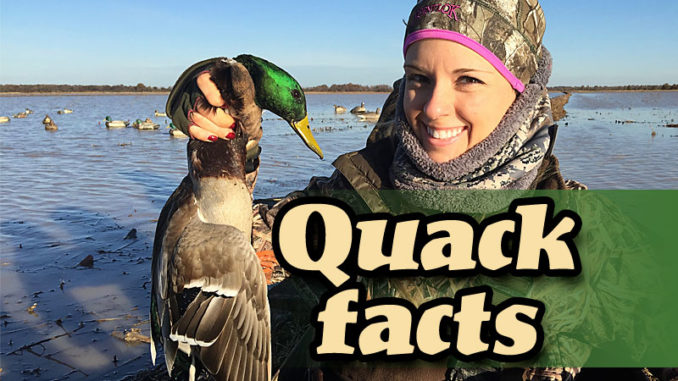
Good days in the blind. Bad days in the blind. Plenty of ducks. No ducks. It’s part of duck hunting. And being the official spokesperson for duck hunting isn’t an easy chore. It’s hard to make everybody happy.
Think about cooks and football coaches; they can hardly ever get it right for everybody. But they don’t have anything on Larry Reynolds, the migratory waterfowl program leader for the Louisiana Department of Wildlife and Fisheries. He has hunted ducks for more than 30 years, flies monthly aerial surveys to estimate duck populations and takes part in countless duck symposiums and think-tank meetings on waterfowl. Yet, when he can’t get duck hunters the ducks they want, somehow it is often his fault.
“I’ve been blamed for pretty much everything; that’s okay,” he said. “But it’s odd; I never hear from folks when things are going good.”
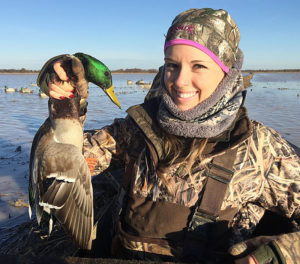
It’s not getting any easier. For duck hunters, trends in Louisiana have been going the wrong way. Hunter success and satisfaction are both suffering, Reynolds said recently on a tour of the state to present the latest information on the state’s waterfowl numbers and seasons. One of the first slides he showed summed it up. It was entitled, “Last season was awful.”
That’s a fact that Louisiana hunters can’t duck. Fortunately, this season is off to a better start than many recent ones, but the overall picture still is reason to give state’s waterfowlers a bit of concern. At least we aren’t alone.
An estimated 506,000 ducks were killed in Louisiana in 2018-19, a total 53% lower than 2017 and, wait for it, the lowest since 1988. But sometimes we get spoiled. Louisiana still had the fifth-highest harvest among states, behind California, Arkansas, Texas and Washington. Only in Iowa did hunter success increase, and that state’s hunters killed only about a third of the ducks we did in Louisiana.
Reynolds hears all the time that states north of us are short-stopping the ducks, keeping Louisiana from getting ducks. Consider this: on our flyway. Illinois success was down 42% last year, Missouri was down 35%, and Arkansas was about even.
Adult-heavy populations
One disturbing trend is that recent harvests have been adult-heavy, especially mallards. When you have poor reproduction, there aren’t as many ducks to hunt, and a greater percentage of the ducks that arrive in Louisiana are more mature. The harvest-to-age ratio has been unfavorable for a couple of seasons.
At the North America Duck Symposium, where all the country’s “duck heads” get together to share information, review data and think-tank the waterfowl situation, it’s obvious there’s a distribution change in where ducks are going. Consider this: 60% of the ducks in the Mississippi Flyway once wintered, at least in part, in Louisiana. Today, that number is about 39%. The percentage of mallards in the flyway wintering in Louisiana was once 30%; it’s down to 5% to 7%. Since the 1990s, there has been a sharp decline in ducks using coastal Louisiana. Numbers of mallards, pintails and widgeons are down. Gadwalls have shown a slight increase, and ring necks seem to love the disappearing coast, because their numbers are up.
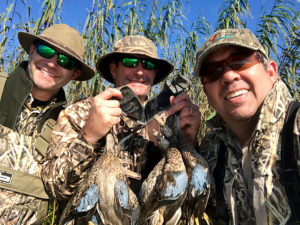
There are other issues. The giant salvinia problem that is plaguing some of our state’s waterways is affecting more than fishing. Thousands of shallow areas that once held migratory waterfowl have been covered with this invasive species. When that happens, waterfowl have to find somewhere else to go; if it gets bad enough, they just don’t come this way at all.
One of the hardest things to explain about today’s waterfowl data is it shows two things that seem to point in opposite directions. First, the number of waterfowl hunters is down. Second, the overall hunting pressure is up.
“I hear all the time that because I’m 58 years old, I’m out of touch with today’s duck hunters,” Reynolds said. “Here’s the deal. We have fewer hunters, but hunting pressure is up. That’s because this new generation of duck hunters has more tools on hand to take them more places. They don’t just go one place and quit if there are no ducks there. The cell phone has changed hunting. They’ve got GPS that can take them to a spot that they’ve never seen before. They’ve got global mapping that shows every little pothole and lake. They’ve got shallow-drive boats that can run in 6 inches of water and take them anywhere.
“So wherever the ducks can go, they pretty much can go, too. So while there may be fewer hunters, the ones we’ve got can go in more places, and the ducks that used to have lots of places to hide don’t have that capability any more.”
Rules and regulations
Nobody likes them. No matter what they are, hunters have ideas to make them better. But Reynolds pointed out something that we don’t often think about, but regulators do.
“America is the only country in the world that operates by the principle that the waterfowl and wildlife belong to the people,” he said. “It’s the only place that has ever had that philosophy in history. It doesn’t belong to the landowner, and it doesn’t belong to the kings and noblemen. It belongs to the people. If you are willing to abide by certain regulations and rules, you can go out and kill something that actually belongs to the public and take it home with you as your own.
“The downside to that is the regulations are set based on wildlife and waterfowl populations, not the state’s or the number of hunters or hunter’s wishes. Only 1% of the country’s ‘waterfowl owners’ actually hunt, so the rules are set up to try and manage populations for the whole group. That leaves hunters in the minority, even though we don’t look at it that way.”
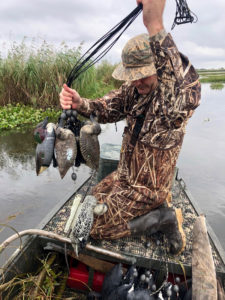
Numbers of migratory waterfowl and hunter success will be cyclical; there are good years and bad years. Sometimes, those numbers also call for action, and that’s where Louisiana is now. Is the cycle bad enough to take drastic measures? Are we at the bottom of the cycle yet? What can we do to change that? Those are just three of about 600 questions duck hunters might ask.
They are also questions that biologists are busy trying to answer. They are also crunching numbers that will affect our hunting regulations and limits for the 2020-21 seasons, as well as making effective changes in the way hunters report harvests though the HIP program.
Weather and habitat
“The two main factors in hunting success are weather and habitat,” Reynolds said. “We can’t control the first one, and we haven’t controlled the second one as well as we could. We have lost a lot of our marsh areas, and those areas are prime for teal hunting.”
We had a long teal season this year, but there was a downward trend. Teal numbers were down 6% from last year but are still 10% above the long-term average. Blue-winged teal have been trending downward for several years. Teal counts this year were the lowest on record for decades. Hunter success was about 1.1 per hunter, which is about average, and at White Lake, it was 3.3 teal per hunter. White Lake is about as good as it gets and what most folks call “ritzy” teal hunting.
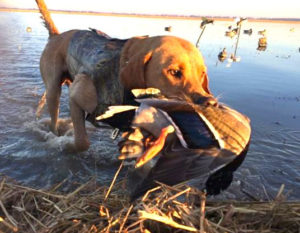
Losing habitat is being compounded by things going on in other areas. Reynolds said three million more acres are in agriculture cultivation today in North Dakota and South Dakota than in 2000. In southeastern Missouri, 30 times as many fields are flooded for rice today compared to 2000. Rice planting in Louisiana during that same period is down 40%.
It’s left a situation where we have a lower number of birds, declining habitat, more-expensive hunting patterns and unsatisfied hunters. It doesn’t paint a pretty picture. Duck hunting, however, is cyclical. Things can get better, but Reynolds doesn’t think we’ve hit the bottom of the cycle yet.
“I wish I could say otherwise, but in all honesty, I can’t,” he said. “The data indicates that birds are shifting north.”
Weather can play into that on an annual basis. Other than that, some other help may be on the way.
“One thing that has just started getting some attention is studying the economic impact on changes in hunting participation,” he said. “We need to find out just what kind of impact declining hunting numbers are having and will have. That will get some people’s attention. But you can’t just say it; you have to have hard data. And if there is less hunting, there will be less conservation, too. That should get everyone’s attention, not just hunters. But again, we’ve got to develop some hard data. We can’t just go in with our opinions.”
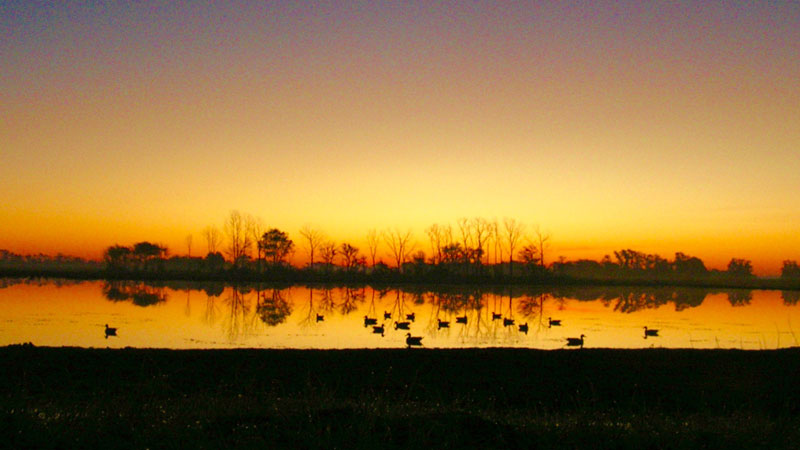
Hunters wary of Midwest practices, but for no good reason
Duck hunters are always trying to keep up with what might be stopping them from getting their birds.
A controversy has arisen as a result of some practices in the Midwest, where farmers and/or hunters have started planting corn, leaving it unharvested and then flooding the fields. That is attracting birds, especially mallards, by the thousands. Some blame the distribution of ducks to the west on that.
But Larry Reynolds, waterfowl program leader for LDWF, said while it is happening, and those areas are chock full of ducks, rumors of 40,000 acres being involved are greatly exaggerated. He said it was more like 560 acres last year. Planting and leaving corn standing, then flooding fields, is mega-expensive. If you ask a farmer how much it would cost, he’ll give you a look that says “You can’t even afford to ask that question, much less hear the answer.”
There are lots of YouTube videos promoting areas that make you think all the ducks in the country are there, but while there are many videos, most are shot at the same few places, Reynolds said. He doesn’t think it’s the concern it’s being made out to be.